Red Sea Diving Resort: The Red Sea Diving Resort, The Red Sea Diving Resort Movie Review (2019)
Arous was an idyllic holiday resort in the Sudanese desert, on the shores of the Red Sea. But this glamorous destination was also a base for Israeli agents with a secret mission. The events inspired a newly released Netflix film, Red Sea Diving Resort – and the real story is in many ways more remarkable.
Đang xem: The red sea diving resort
“Arous on the Red Sea, a wonderful world apart,” the glossy brochure says, pronouncing it “the diving and desert recreation centre of Sudan”.
Illustrated with pictures of putty-coloured chalets on a sun-drenched beach, a smiling couple in scuba gear, and varieties of exotic fish, the advertisement boasts of “some of the best, clearest water in the world”. As night falls – “after the landscape colours have paled” – there are, it says, “breathtaking views of the heavens, aflame with millions of stars”.
Arous Village, on the fringe of spectacular coral reefs and the odd shipwreck, appears to be a diving enthusiast's dream.
The pamphlets were printed in their thousands and distributed in specialist travel agents across Europe. Reservations were booked through offices in Geneva and Khartoum. And over time hundreds of guests went on holiday there.
It was a long trek. But once at the desert oasis, they enjoyed first-rate facilities, water sports, deep-sea dives and an abundance of fresh food and wine. The visitors' book was a catalogue of glowing comments.
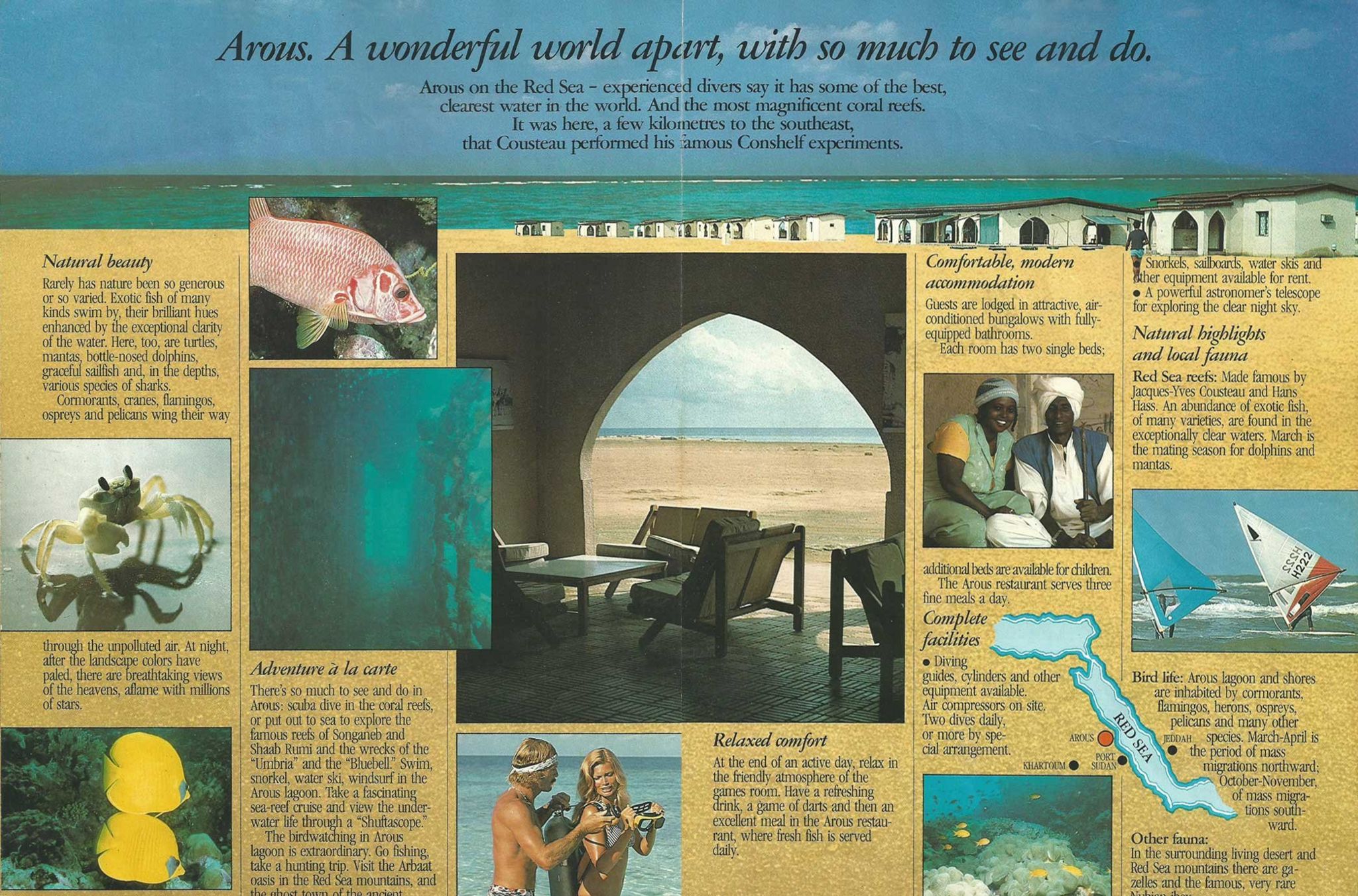
The Sudanese International Tourist Corporation was also happy. It had leased the site to a group of people introducing themselves as European entrepreneurs, whose venture brought some of the first foreign tourists to the country.
The only thing was, unbeknown to the guests or the authorities, the Red Sea diving resort was entirely fake.
It was a front, set up and run for more than four years in the early 1980s by operatives from the Mossad, Israel's intelligence agency.


They used it as a cover for an extraordinary humanitarian mission – to smuggle out thousands of beleaguered Ethiopian Jews stranded in refugee camps in Sudan and evacuate them to Israel. Sudan was an enemy country tied to the Arab world, and it had to be done without anyone finding out, either there or at home.
The operation was so secret, only the people directly involved knew. The agents did not even tell their own families.
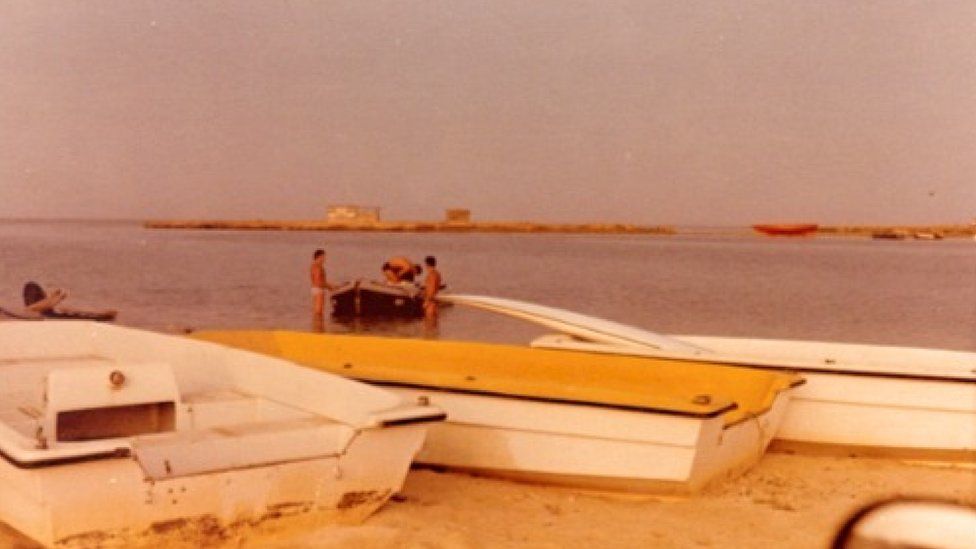
image captionMossad agents (in background) at Arous with boats used for guests as well as for smuggling Jews
The Ethiopian Jews belonged to a community called Beta Israel (House of Israel), whose origins are shrouded in mystery.
For many centuries, a prominent theory contended they were descended from Israelites who had accompanied a son of the Queen of Sheba and King Solomon back to Ethiopia around 950BC, smuggling the Ark of the Covenant with him. It has alternatively been suggested they ended up there after fleeing civil war in ancient Israel, or fled into exile after the destruction of the Jewish Temple in Jerusalem 586BC.
By the early 1970s, Israel's chief rabbis officially endorsed the views of illustrious rabbis down the ages that the Beta Israel belonged to one of the so-called 10 lost tribes, who disappeared from history following an invasion of the Kingdom of Israel in the 8th Century BC.
The Ethiopian Jews adhered to the Torah, practised a Biblical version of Judaism, and prayed in buildings similar to synagogues. But, isolated from the rest of Jewry for millennia, they believed they were the last remaining Jews in the world.
In 1977 one of their members, Ferede Aklum, wanted by the Ethiopian authorities for “anti-government activity” (Aklum was suspected of sympathising with rebels and of treachery for encouraging Jews to emigrate to Israel) escaped to Sudan, along with a wave of non-Jewish Ethiopian refugees fleeing civil war and a deepening food crisis.
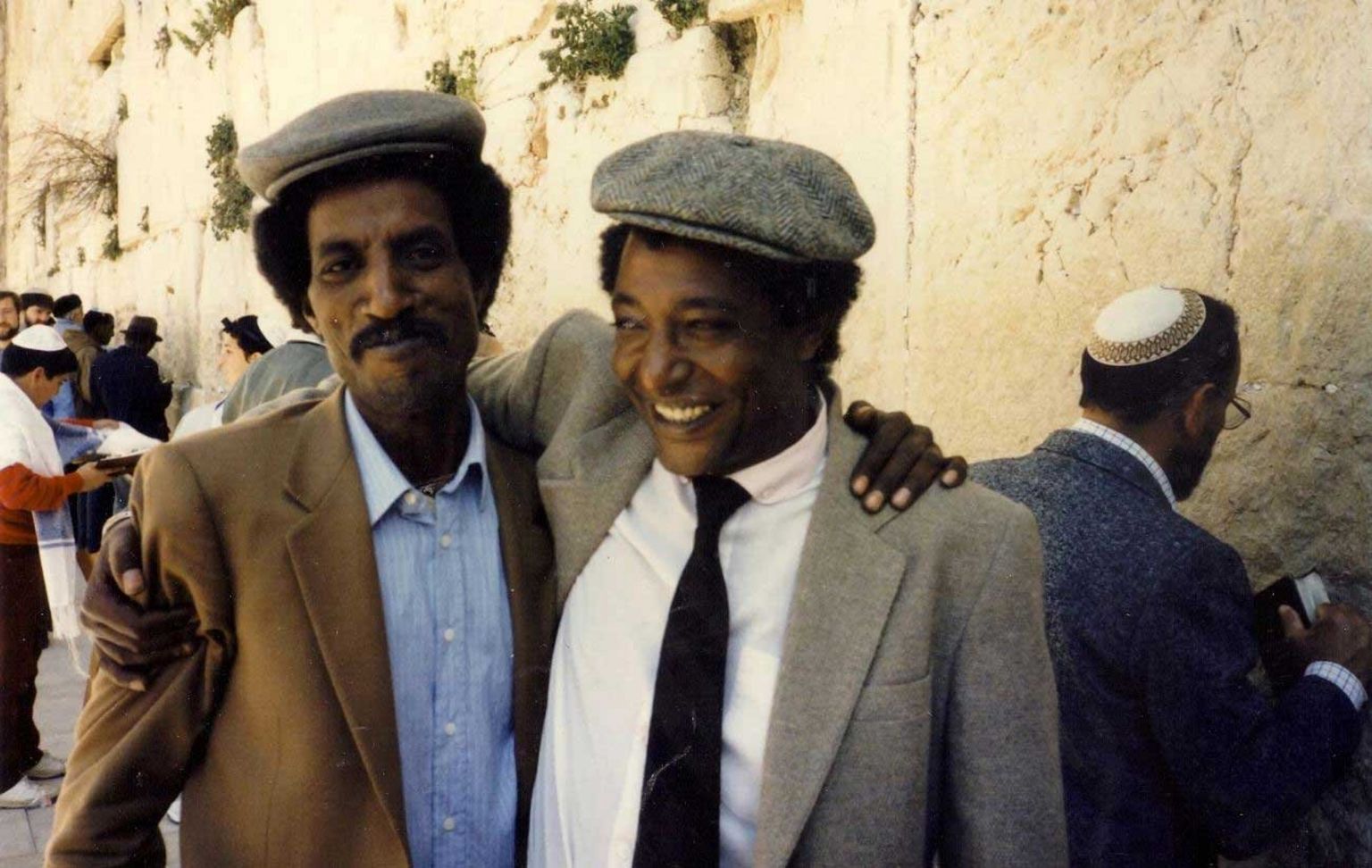
He sent letters to relief agencies, pleading for help to get to Israel, and one found its way to the Mossad. For the then Israeli Prime Minister, Menachem Begin – himself a refugee from Nazi-occupied Europe – Israel existed as a safe haven for Jews in peril. The Beta Israel were no exception and he ordered the intelligence agency to act.
The Mossad instructed one of its operatives, Dani, to locate Ferede and find a way of smuggling any Ethiopian Jews in Sudan out and on to Israel.
After a difficult search – “like finding a needle in a haystack”, says Dani – the agent tracked Ferede down in Khartoum and the two men teamed up. Ferede channelled messages back to his community in Ethiopia, saying the way to Jerusalem lay through Sudan, and they should follow his lead.
It offered the tantalising opportunity of fulfilling a 2,700-year-old dream. In the period up to late 1985, some 14,000 Beta Israelis took the chance and made the perilous 800km (500-mile) journey by foot.
About 1,500 of the Jewish refugees were killed along the way, perished in the squalid camps around Gedaref and Kassala, or were abducted.
As there were no known Jews in Sudan, a Muslim-majority country, they hid their religion so as to blend in and not get caught by the Sudanese secret police. Despite the risk, they continued their Jewish practices, such as snuffing out fires in the camps before Sabbath (when Jewish law forbids lighting flames) and eating only meat which complied with Jewish dietary rules.
Almost straight away, some small-scale clandestine evacuations got under way, led by Dani and Ferede, with Ethiopian Jews smuggled through Khartoum airport to Europe on forged papers, then on to Israel. But as numbers grew, it became clear that another way was needed.
Xem thêm: Cách Làm Trà Sữa Hokkaido Gongcha, Cách Làm Trà Sữa Hokkaido Chuẩn Nhật Bản
“I was thinking about the sea,” recalls Dani in my forthcoming book on the operation. “Sudan was not like Ethiopia
It was on a trip up Sudan's coast looking for possible landing beaches in late 1980 that Dani and another agent stumbled across an abandoned resort at Arous, about 70km (43 miles) north of Port Sudan.
“We saw something that looked to us like a mirage,” he says. “We saw buildings with red tiled roofs –
A caretaker informed them that it had been run by an Italian company but had shut a couple of years earlier. He let them inside and showed them around.
“We understood immediately the meaning of this,” Dani says. “If we get this village we are kings of the land – with a thing like that
What happened next was the subject of the Netflix film Red Sea Diving Resort. Shot in Namibia – where they recreated the resort – and South Africa, the film depicts the operation and the holiday village. It stars Captain America actor Chris Evans, whose character in the Netflix film is based on Dani (the two met when Evans was researching the role). Other lead characters are based on members of the Mossad team recruited by Dani for the mission.
The film makes clear it is “inspired” (rather than based on) real events, leaving ample room for invention. Some scenes loosely represent what happened, but some parts are pure Hollywood (for instance, no Jews were ever smuggled through the resort itself, and the Americans did not know about the operation, let alone airlift the refugees out – something which was done by the Israeli air force).
Completed in 1974 by Italian entrepreneurs, the resort was a cluster of 15 red-roofed bungalows, a kitchen and a large dining room opening out to the beach, a lagoon and the sea.
There was no infrastructure in place (not even an approach road) but the Italians brought in a generator and got fresh water from Port Sudan. They ran it quite successfully for five years but after disputes with Sudanese officials they pulled out, and the resort shut a year later.
“It's a very difficult place to run, if you don't have the Mossad behind you,” says an agent involved in the operation who did not wish to be identified.
Posing as the director of a Swiss-based tourism company (which did not in actual fact exist), Dani convinced the Sudanese authorities that he could revive the resort and bring in tourists again. They agreed to let him rent it for $250,000 (approx £106,000 at the time).
Dani and members of his team spent the first year renovating it. The resort was kitted out with Israeli-made equipment, including air-conditioning units, outboard motors, and top-of-the-range water sports gear – including the first windsurfing board in Sudan – all smuggled into the country.
They also recruited about 15 local staff, including chambermaids, waiters, a driver and a chef “poached” from a hotel. “We paid him double,” said the unnamed operative. None of the staff knew the resort's real purpose, or that their Caucasian managers were Mossad agents.
Female members of the team were put in charge of the day-to day running of the place, which it was thought would lower any suspicions.
The diving storeroom was out-of-bounds. In it were concealed radios the agents used to keep in regular contact with headquarters back in Tel Aviv.
While seeing to their guests by day, every so often at night a squad would leave under cover of darkness and head to a rendezvous point 900km (560 miles) away on the edge of Gedaref.
There they would pick up groups of Ethiopian Jews, smuggled out of the camps by so-called Committee Men – a handful of Beta Israel recruited for the job.
“At first, the refugees were given 24 hours' notice that they were going to be taken to taken out – they were not told where to but understood it was Jerusalem – but eventually we could not give them any notice at all because of the risk it would leak out,” says Dani. “They were just quietly woken up and told it was time to leave.”
From there, a convoy of lorries carrying dozens of bewildered refugees drove a two-day journey, travelling only by night and hiding in a concealed wadi during the day.
In the early days of the operation, the vehicles would run through checkpoints, but this practice stopped when a guard opened fire (though he missed).
When the Jews disembarked at the wadi, they sometimes kissed the ground in the mistaken belief that they had already reached the holy city.
Once they got to the coast near the holiday village, Israeli navy special forces would come ashore on Zodiac dinghies, collect the refugees and transport them to an Israeli ship, the INS Bat Galim, waiting further out at sea.
“It was constantly dangerous,” says the unnamed operative. “We all knew that if any one of us got exposed, we'd end up hanged on gallows in the centre of Khartoum.”
They came close to it in March 1982, when on the third such operation the group was spotted in mid-transfer on the beach by Sudanese soldiers. Possibly suspecting smugglers, a soldier opened fire – but the Zodiacs, with the Ethiopians on board, managed to get away.
Xem thêm: Đừng Quên Mua 15 Đặc Sản Đà Nẵng Là Gì, 17 Đặc Sản Đà Nẵng Làm Quà Thích Hợp Nhất
After that, it was decided naval evacuations were too exposed, and a new plan was devised. The agents were tasked with finding a suitable landing spot in the desert for C130 Hercules planes. The refugees were going to be secretly airlifted out of the country.



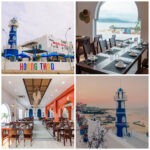
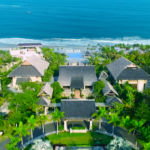

Bình luận